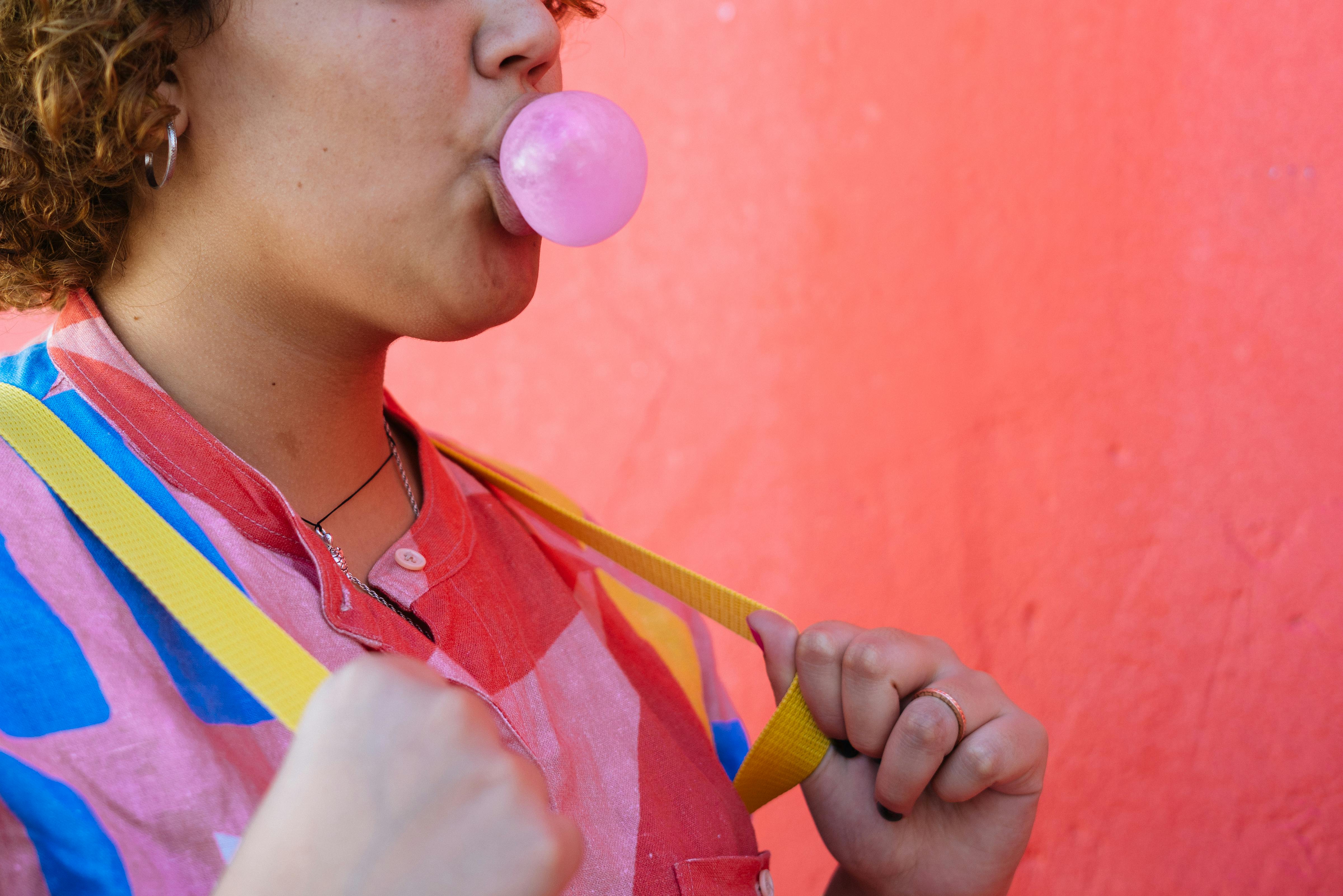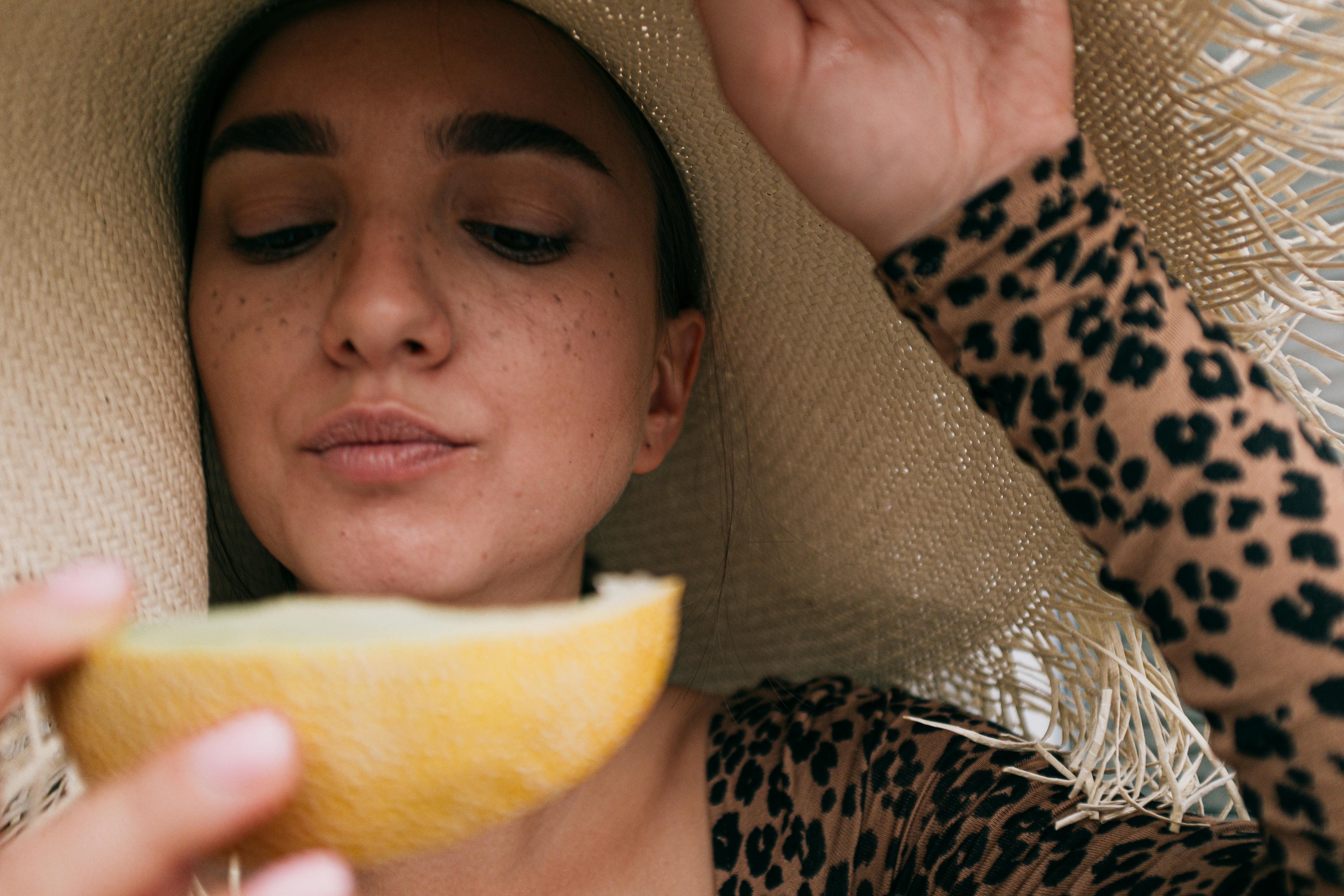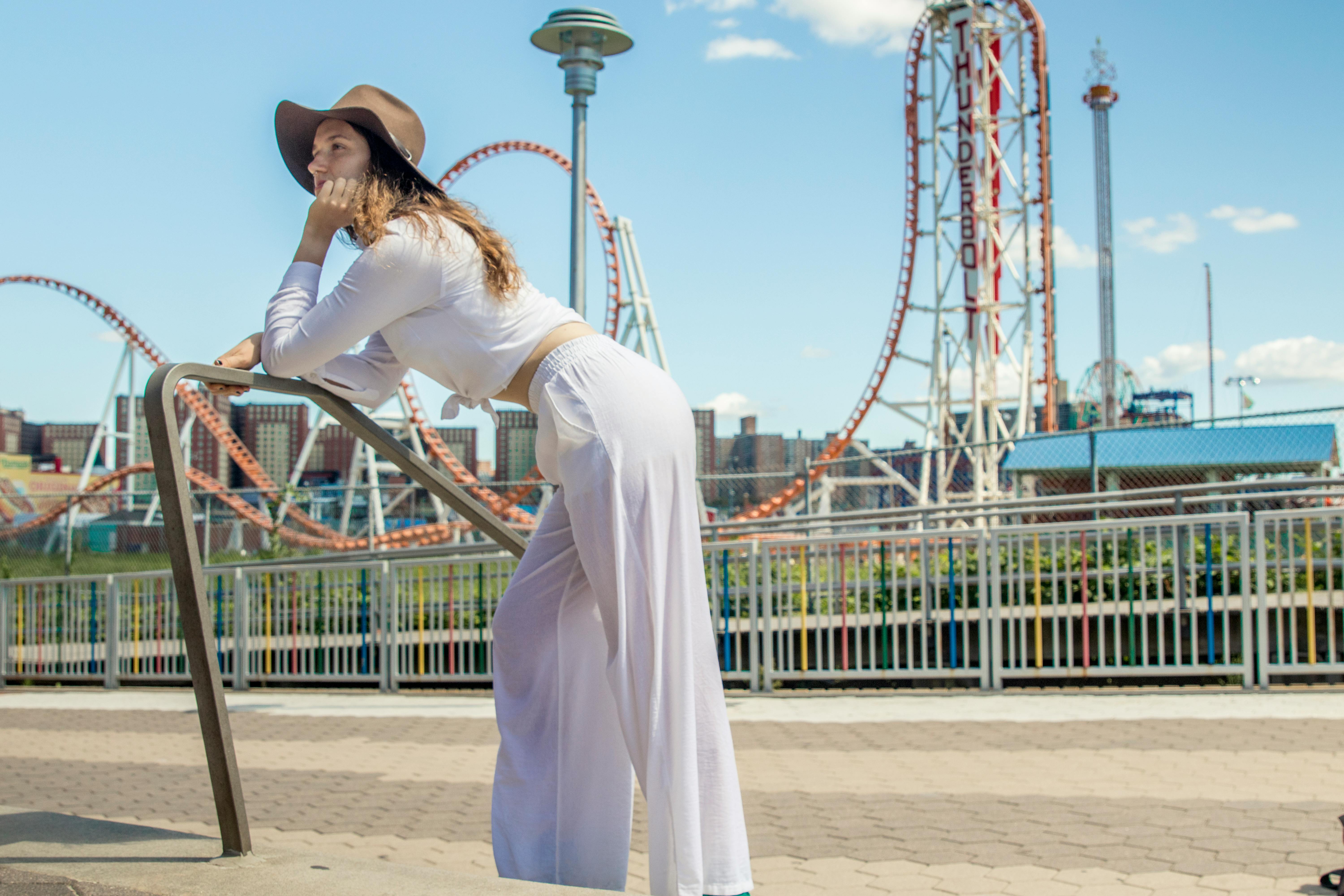Highlighting and contouring originated in male and female drag queens to use makeup art as a way to soften the jaw line and hide facial hair and the edge of the brows. This makeup style was known to have a lot of highlighting and contouring and was very expressive. However, to non-professionals, the art of contouring and highlighting can seem like a daunting task, as there can be confusion in the correct way to apply it.
Highlighting and contouring is a corrective technique used to create the ideal face shape, which means that it is not the same for everyone. For women, while highlighting and contouring, there is a fine line between enhancing your best features and painting a whole new face. Women already have soft, feminine features. When applying makeup, overuse of products can completely overdo it and create unflattering features.
Here’s the thing, the makeup industry has broken the “beat face” trend and made overuse of highlighting and contouring the new norm. The goal now is to give you characteristics that you don’t really possess: brighter and bigger eyes. Narrower and more delicate nose. Use 20 products to achieve a “natural” look or more. Tips, tricks, and techniques come from beauty gurus and YouTubers, not professional makeup artists.
This is not the case if you know how to apply makeup correctly. You will discover that by following techniques other than professional ones, you may end up incorporating unnecessary steps just to look “natural.”
While professional makeup artists take similar steps using flawlessly highlighting and contouring to enhance, not hide your beautiful features, they understand that successful highlighting and contouring is using as little product as possible so that the end result is credibly natural, to blend it well and to gradually add more color.
Good makeup is makeup that looks good in person and in photos, accentuating features rather than hiding everything. There is an art in this. A thick foundation, then heavy coverage, followed by a thick cream highlight / contour can look great at night, on stage, or on camera, but in person, it’s pretty extreme. Instead, heavy makeup only draws attention to large pores, blackheads, and other facial blemishes.
A light and light natural contour for the average woman on a daily basis is a wonderful thing to learn and practice. Some important tips to know before incorporating highlighting and contouring into your makeup application include the following:
• Less is more
• The outline is to subtly define one’s characteristics and to make it look flawless, it should be barely noticeable.
• Mixing concealer with foundation can create a more fluid and natural highlight
• Practice makes facial flaws perfect.



